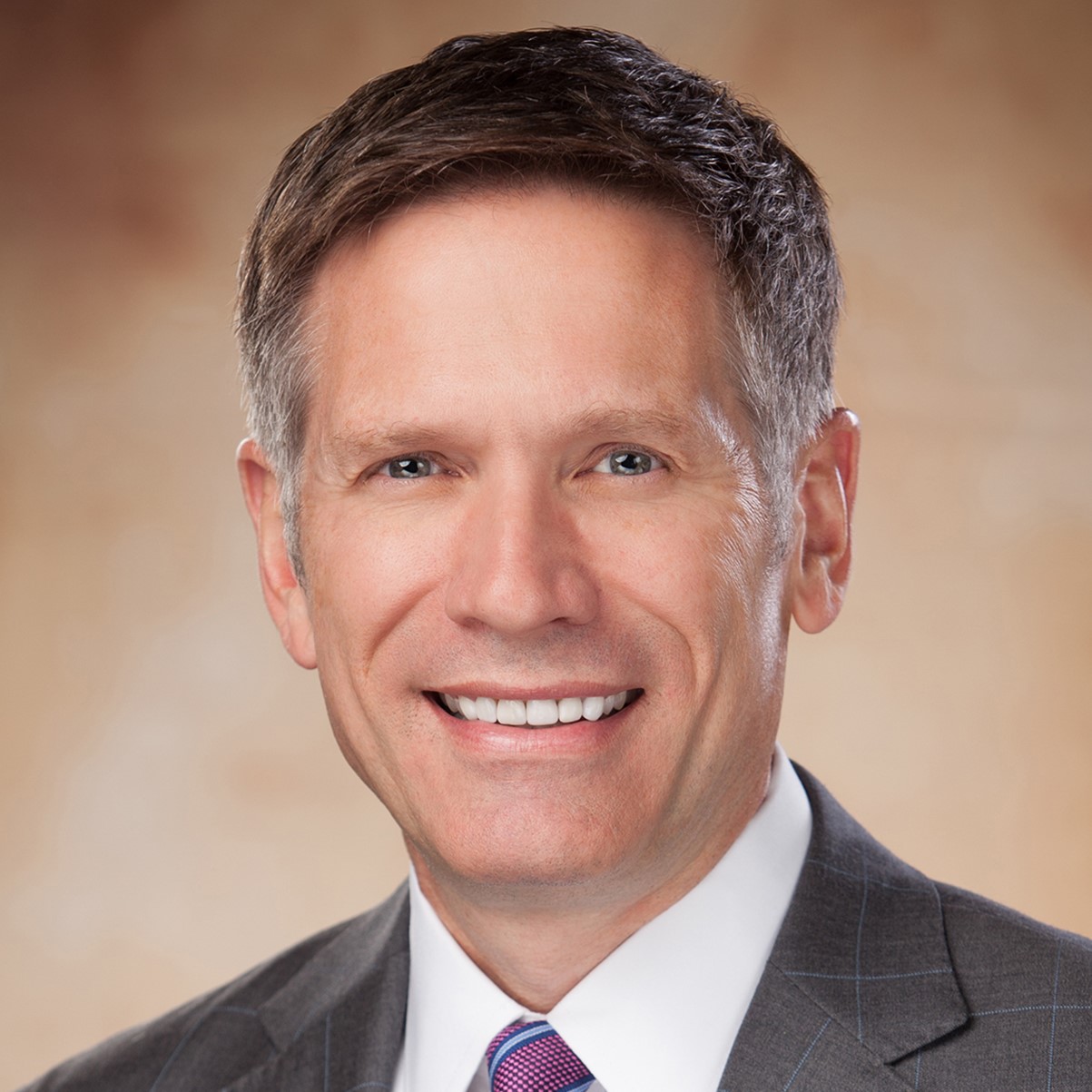How to Be an Effective Board Member for a Charity
Care enough about the charities you serve to think differently about the investment time horizon involved. Unlike your own portfolio, a foundation is a perpetual proposition.


Prosperous families are often personally involved in the communities where they live. In addition to charitable giving, “giving back” to one’s community is often viewed as a responsibility by families who enjoy financial success. Family members may be asked to serve on local boards of directors for charities and foundations that serve others, funding the arts, religious, health or education needs, and enhancing life locally, nationally or even internationally.
While this takes time, it can be very rewarding, and it’s an honor to be asked to provide input and advocacy in service to your fellow man. It can also be a fun learning experience, assuming the organization is healthy.
Before You Agree to Serve …
A healthy organization has effective leadership, strong governance and the funding to accomplish its mission. Before agreeing to serve, you may want to request a copy of the organization’s bylaws, policies and procedures, financial statements and minutes from the past few meetings. Make sure you also understand any financial expectations of board members, as well as your protection from liability incurred, such as adequate errors and omissions (E&O) insurance coverage.

Sign up for Kiplinger’s Free E-Newsletters
Profit and prosper with the best of expert advice on investing, taxes, retirement, personal finance and more - straight to your e-mail.
Profit and prosper with the best of expert advice - straight to your e-mail.
If you will be expected to provide input on the investment portfolio, ask for a copy of the investment policy statement and ask about the process for making investment decisions.
Realize that Investing for Others Is Different
A common mistake new board members sometimes make is in treating the organization’s investment portfolio with the same perspective as their own investment portfolio. Personal portfolios come with their own specific time frames (for more, please read What’s Your Investing Time Frame?). We as humans have an expiration date – some currently longer than others! A well-funded foundation, though, should be thinking with a perpetual time frame.
If we – and those who come after us – hand off the organization even better than we found it, it should last longer than we will. There is potential that a well-run organization could last for decades with generations to come enjoying the ongoing funding from a growing, sustainable, income-producing endowment.
Mistakes could take the organization down, causing the organization to fail to meet its important mission. This serious fiduciary responsibility can cause some board members to become overly cautious and miss out on significant opportunities. An overly autious investment approach can fail to provide the growth needed to fund the organization’s future needs.
Adopt a Perpetual Time Frame Mindset
A wise, informed investment committee will realize that a perpetual time frame affords the ability to enjoy the benefits that come from being able to ride out multiple full market cycles. A look back at decades of market history tells us that stocks have been by far the most productive asset class over longer time periods, if one can ride out the interim ups and downs.
Industry research shows that the most important investment decision to be made is what percentage of the portfolio is invested in stocks, how much in bonds, and how much is kept in cash. The higher the percentage in stocks, the more productive a portfolio has been over longer time frames. The risk lies within whether an investment committee loses its resolve during temporary market downturns, missing out on the long-term benefits of a portfolio with a higher allocation to stocks.
Is the fear of loss over a one- or two-year period a valid concern? Perhaps, but it ignores the fact that losses in the stock market have always been temporary for an investor with a diversified portfolio who stays invested over full market cycles. In fact, research by Morningstar shows that, historically, there has not yet been a 15-year or more time frame with a loss in the S&P 500.
It’s not uncommon for investment committees to stick with the tried-and-true 60/40 mix of stocks and bonds, thinking this is adequate. Perhaps it is, depending upon the organization’s needs. Yet, in an investment environment where bond and cash allocations have begun producing results well below long-term norms, this may not be appropriate today. In addition, a higher allocation to stocks could be considerably more productive, if history is any indication.
Questions to Ask
Is your investment committee thinking with the proper time frame? Is your adviser discussing these ideas with you? Would more modern solutions help you better navigate today’s complex investment world? Challenge the traditional thinking in a way that leaves the organization you care about in better shape after you leave than before you came. You can do this!
Get Kiplinger Today newsletter — free
Profit and prosper with the best of Kiplinger's advice on investing, taxes, retirement, personal finance and much more. Delivered daily. Enter your email in the box and click Sign Me Up.

Joey Sager, managing director at Venturi Private Wealth, has been a financial adviser for over 35 years. His love for serving others has made this a good career fit and has also led to helping the less fortunate both at home and abroad to develop sustainable, income-producing businesses to lift themselves and their communities out of poverty. He and his wife are both pilots and musicians raising two beloved children while staying active in their community.